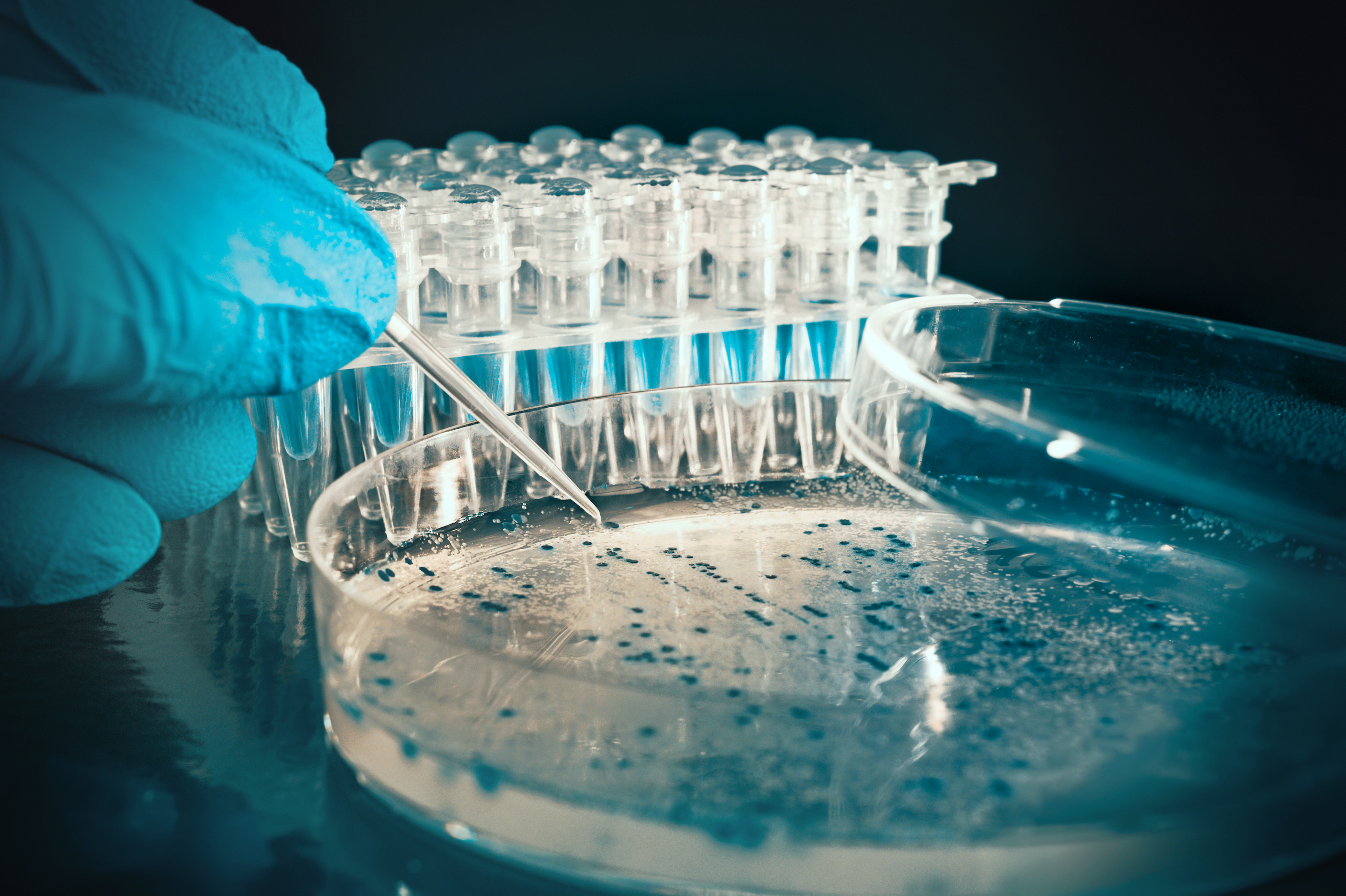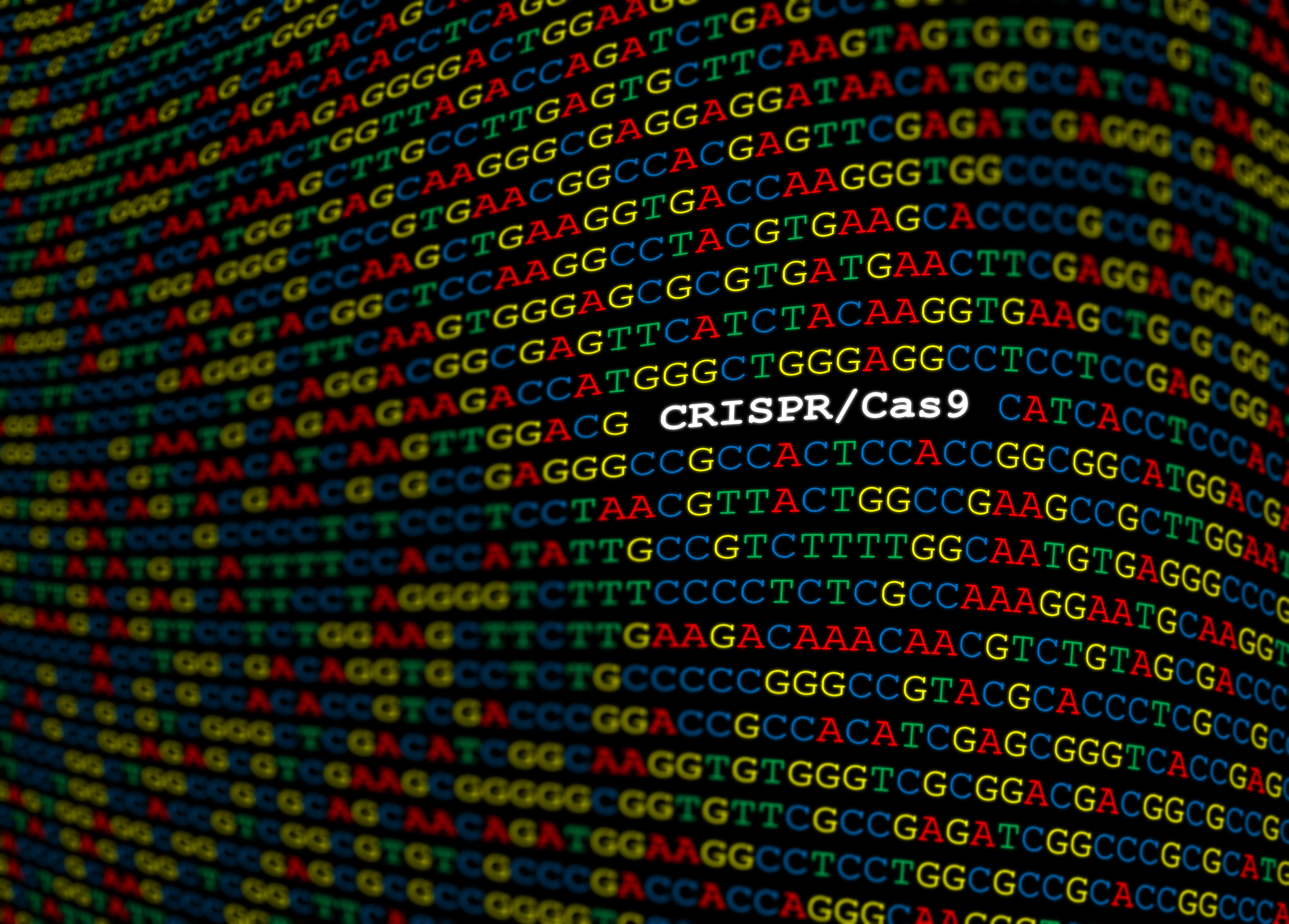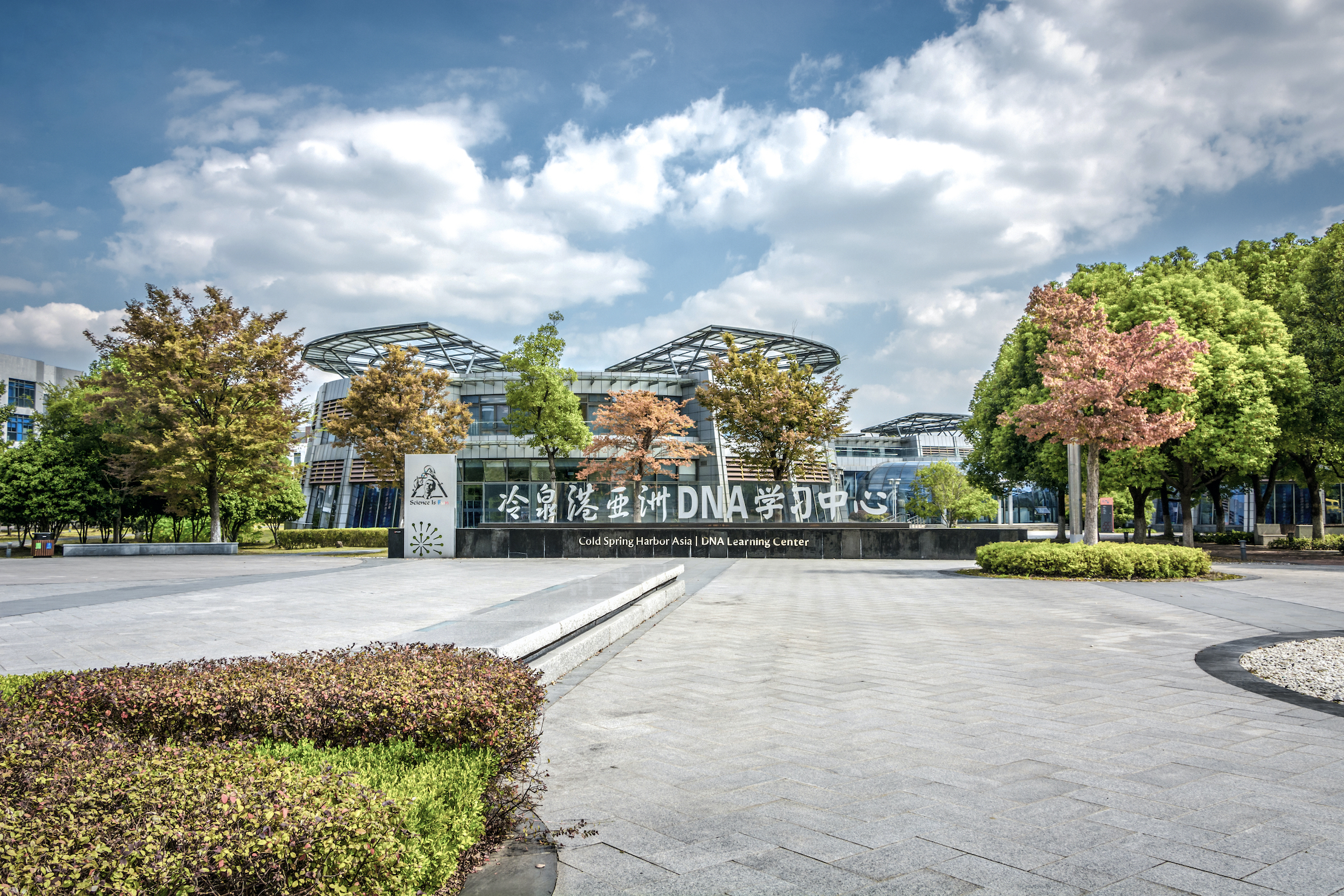From the beginning, scientists have been attuned to the ethical dilemmas of technologies such as recombinant DNA. When CRISPR/Cas9 emerged, there was an immediate recognition by the scientific community that this could raise serious ethical questions. These questions have been addressed not only by the scientific community but also by broader society, which is how it should be.
One important issue is the fact that, using CRISPR/Cas9, we can design a mutation at will and put it into a particular species, be it plant or animal. This technology has been enormously valuable. It’s been used, for example, to increase fruit yield in plants, and it’s something that my colleagues at Cold Spring Harbor Laboratory are doing all the time.
It bypasses the manual human selection of natural mutations that occur in the vast array of fruits and plants in the environment. Over the many thousands of years that humans have been engaged in agriculture, breeders have been able to select traits that increase fruit yield, fruit size or crop yield. Nowadays, we can go in and precisely change a specific gene to increase fruit yield, without relying on the randomness of all the mutations that exist in plants or animals.
Most scientists, myself included, would agree that using CRISPR/Cas9 to modify the DNA inside the adult cells of our body, the so-called somatic cells, to correct a mutation and potentially reverse a serious disease is entirely ethical. We’re using this technology right now.
The ethical dilemma arises when you go into the germ line – the cells that produce either eggs or sperm – and modify its DNA, which can be inherited forever across generations of people. Most scientists, myself included, do not support changing the germ-line DNA.


